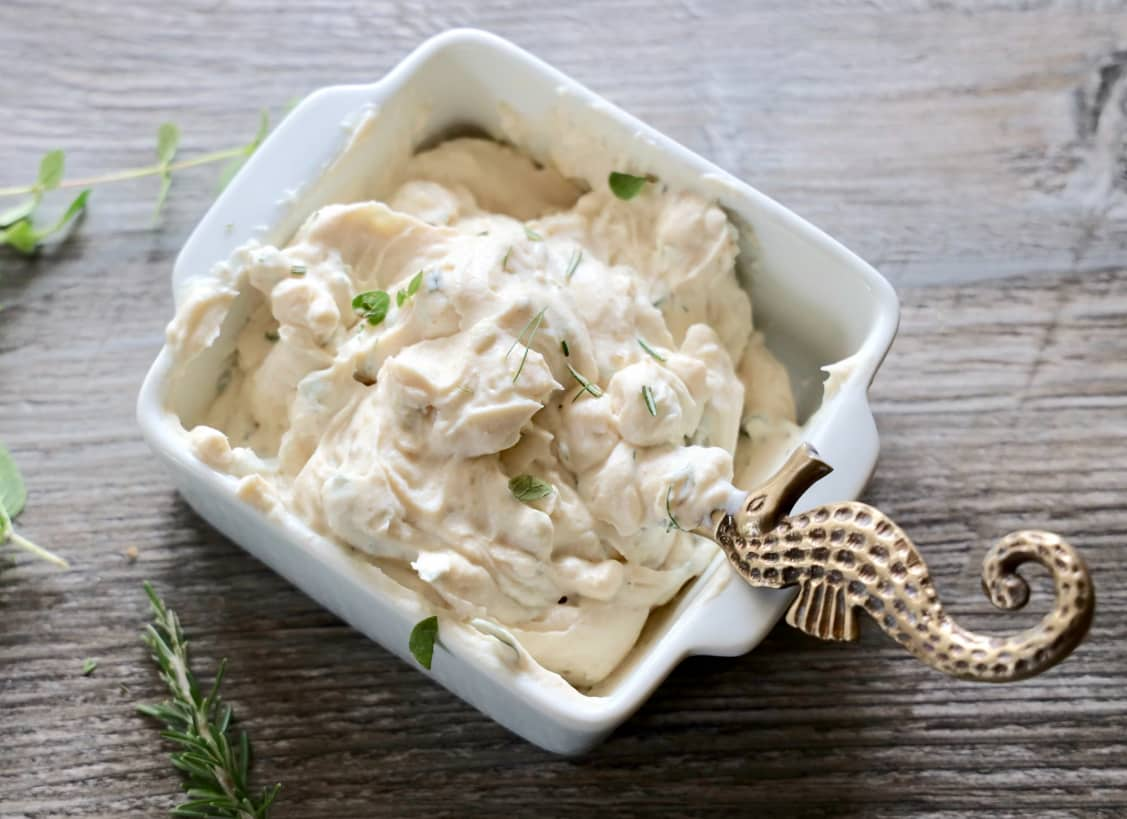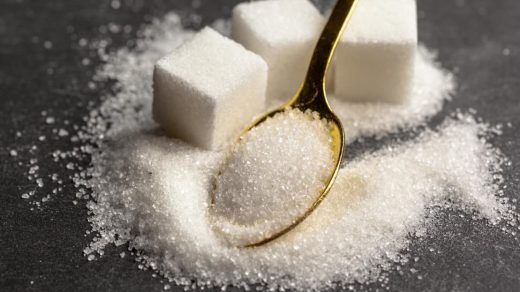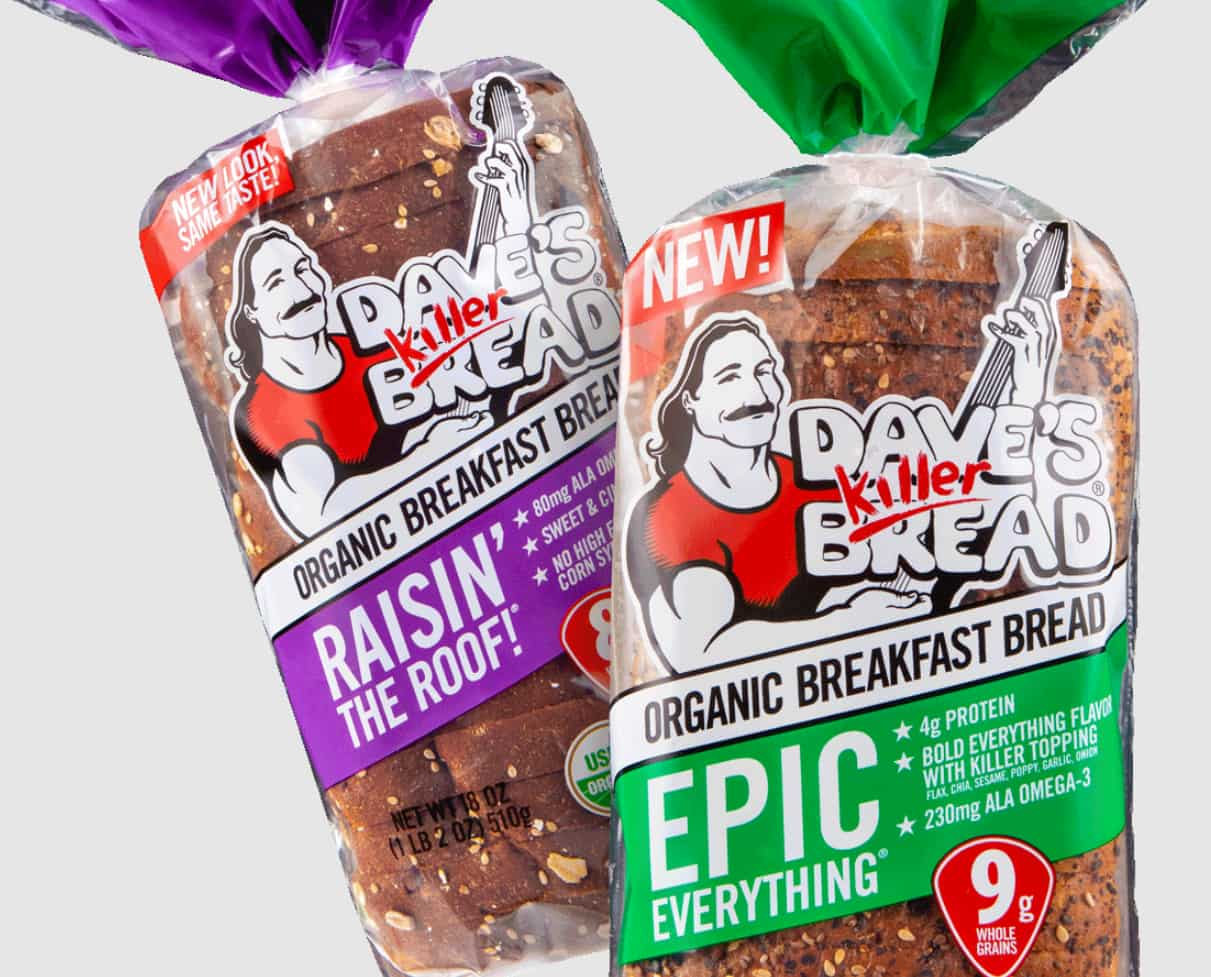Raw milk cottage cheese represents one of humanity’s oldest food preservation techniques. For thousands of years, people across cultures discovered that milk naturally transforms into something entirely new when left to ferment.
This traditional cheese-making process harnesses beneficial bacteria already present in raw milk to create a nutritious, versatile food that extends the usability of fresh milk without refrigeration.
Today, making your own cottage cheese connects you to this ancient wisdom while providing a superior alternative to commercial products.
How to Make Cottage Cheese From Raw Milk?

The process requires just two ingredients—raw milk and salt—along with some basic kitchen equipment and patience. The result is a creamy, protein-rich food with countless culinary applications.
Understanding Raw Milk Fermentation
The Science Behind the Magic
The transformation of liquid milk into solid curds occurs through the action of lactic acid bacteria naturally present in raw milk. These beneficial microorganisms consume lactose (milk sugar) and produce lactic acid, which gradually lowers the pH of the milk. As the milk becomes more acidic, the protein molecules (primarily casein) begin to unravel and stick together, forming solid curds that separate from the liquid whey.
This natural process differs significantly from commercial cheese production, which typically involves:
- Pasteurization (heat treatment that kills both harmful and beneficial bacteria)
- Addition of artificial cultures and enzymes
- Use of rennet to speed curd formation
- Addition of preservatives and texture stabilizers
In contrast, traditional raw milk cottage cheese relies entirely on the milk’s inherent bacterial ecosystem to create transformation. This is why this recipe only works with unpasteurized milk—pasteurized milk has had its native bacteria destroyed and will simply spoil rather than properly ferment.
Essential Supplies for Cottage Cheese Making
Equipment List
To make raw milk cottage cheese at home, gather these basic supplies:
- Large glass container (1-gallon capacity) with lid or covering
- Fine-weave cheesecloth (butter muslin works best)
- Large colander or strainer
- String or rubber bands for hanging
- Medium-sized bowl to catch whey
- Measuring cup
- Mixing spoon (wooden or stainless steel)
- Thermometer (optional but helpful)
Ingredients
The beauty of traditional cottage cheese lies in its simplicity:
- Raw milk – 2 gallons total (1 for starter, 1 for cheese)
- Unrefined salt – 1-2 teaspoons, according to taste
Preparation Notes
Sanitization is crucial. While raw milk contains beneficial bacteria, it can also harbor unwanted microorganisms that could compete with the desired fermentation process. Before beginning:
- Wash all equipment in hot, soapy water
- Rinse thoroughly to remove all soap residue
- Boil cheesecloth for 5 minutes to sanitize
- Air-dry equipment on clean towels or use immediately
The Two-Phase Process
Making cottage cheese from raw milk involves two distinct phases: creating a starter culture and then using that culture to make your cheese.
Phase 1: Creating Your Starter Culture
This initial fermentation creates a powerful bacterial culture that will jumpstart your cheese-making process.
- Pour fresh raw milk into your clean glass container, leaving about 2 inches of headspace at the top.
- Cover the container with cheesecloth secured by a rubber band or the jar’s ring. This allows air exchange while keeping out dust and insects.
- Place in a warm location (65-75°F is ideal) such as:
- On top of your refrigerator
- A warm corner of your kitchen
- Near (but not on) your stove
- In a room with a wood stove or heater
- Allow to ferment undisturbed for 2-10 days. The time varies significantly based on:
- The ambient temperature (warmer = faster)
- The initial bacterial content of your milk
- The freshness of your milk
- Monitor the milk’s transformation. Look for these signs of successful fermentation:
- Thickening of the milk
- Separation into curds and whey
- Development of a tangy, sour smell (not putrid or rotten)
- Possible formation of small bubbles
- The culture is ready when clearly separated into white curds and yellowish whey. This first culture will have a strong flavor and smell—this is normal and expected.
Phase 2: Making Cottage Cheese
With your starter culture prepared, you’re ready to make cottage cheese:
- Add ½ to 1 cup of starter culture to a fresh gallon of raw milk in a clean container. Using more starter will accelerate the process.
- Stir gently to distribute the culture throughout the fresh milk.
- Cover with cheesecloth secured with a rubber band or jar ring.
- Return to your warm location and allow to ferment until completely separated into curds and whey, typically 1-3 days.
- Prepare for straining by:
- Lining a colander with fresh, clean cheesecloth
- Placing the colander over a bowl to catch the whey
- Finding a suitable location for hanging the cheese
- Gently pour the cultured milk into the cheesecloth-lined colander, allowing the whey to drain through.
- Gather the cheesecloth corners and tie securely with string or a rubber band.
- Hang the bundle to drain for approximately 12 hours:
- Over the sink
- Over the bowl used for initial draining
- From a cabinet knob with a bowl underneath
- After initial draining, remove the cheese from the cheesecloth and place in a bowl.
- Add salt to taste (½-1 teaspoon per cup of cheese), mixing gently. The salt:
- Enhances flavor
- Draws out additional moisture
- Acts as a preservative
- Creates the proper texture
- Transfer the salted curds to fresh cheesecloth and tie again.
- Hang for a second draining period of 12-24 hours.
- Remove from cheesecloth and break the cheese into small curds by gently crumbling with your fingers.
- For a creamier texture, add a small amount of heavy cream, milk kefir, or even some of the reserved whey.
- Store in an airtight container in the refrigerator for up to 7 days.
Troubleshooting Your Cottage Cheese
Even with simple recipes, challenges can arise. Here are solutions to common issues:
Problem: Milk Spoils Instead of Fermenting
Possible Causes:
- Using pasteurized milk instead of raw milk
- Contaminated equipment
- Milk that was already beginning to spoil
Solution: Ensure you’re using fresh raw milk and that all equipment is thoroughly clean. This recipe absolutely will not work with pasteurized milk.
Problem: Fermentation Takes Too Long
Possible Causes:
- Room temperature too cool
- Very fresh milk with lower bacterial count
- Season (winter milk can behave differently than summer milk)
Solution: Find a warmer location or use more starter culture (up to 1 cup per gallon) to speed up the process.
Problem: Cheese Is Too Dry or Crumbly
Possible Causes:
- Hung for too long
- Too much salt added
- Excessively squeezed during draining
Solution: For future batches, reduce hanging time or add back some cream or whey to achieve desired texture.
Problem: Cheese Has Off Flavor or Smell
Possible Causes:
- Contamination from unclean equipment
- Milk that was beginning to spoil
- Fermentation in too warm an environment
Solution: Ensure scrupulous cleanliness of all equipment and use the freshest raw milk possible. Aim for consistent warm temperature, not hot.
Nutritional Benefits of Raw Milk Cottage Cheese
Homemade raw milk cottage cheese offers exceptional nutritional value:
| Nutrient | Benefit |
|---|---|
| Complete Protein | Contains all essential amino acids in highly bioavailable form |
| Probiotics | Live beneficial bacteria support gut health and immune function |
| Calcium & Phosphorus | Essential minerals for bone health in easily absorbed form |
| B Vitamins | Particularly rich in B12, riboflavin, and other B-complex vitamins |
| Enzymes | Natural enzymes aid digestion and nutrient absorption |
| Healthy Fats | Contains balanced fatty acids including CLA (conjugated linoleic acid) |
A half-cup serving of homemade raw milk cottage cheese typically provides:
- 12-14 grams of protein
- 4-6 grams of fat (varies with milk type)
- Minimal carbohydrates (3-4g)
- Approximately 110-120 calories
Culinary Applications: Beyond the Basics
Cottage cheese’s versatility makes it a kitchen staple. Here are creative ways to incorporate your homemade creation into meals:
Breakfast Applications
- Sweet Morning Bowl: Top with seasonal fruit, honey, and toasted nuts
- Protein Pancakes: Add ¼ cup to your batter for extra protein and fluffiness
- Breakfast Blend: Mix with chopped herbs and spread on whole-grain toast
- Power Oatmeal: Stir into hot oatmeal with cinnamon and maple syrup
Lunch & Dinner Ideas
- Stuffed Vegetables: Use as a protein-rich filling for bell peppers or tomatoes
- Pasta Enhancer: Blend until smooth as a base for creamy pasta sauces
- Mashed Potato Upgrade: Mix into mashed potatoes for added richness and nutrition
- Salad Protein: Add a scoop to green salads for satisfying protein
Baking Applications
- Cheesecake Alternative: Use in place of cream cheese for a lighter cheesecake
- Moisture Booster: Add to quick breads and muffins for moisture and protein
- Dough Enricher: Incorporate into pizza or bread dough for tenderness
- Cream Substitute: Use blended cottage cheese in place of heavy cream in many recipes
International Inspirations
- Eastern European Varenyky: Fill dumplings with sweetened cottage cheese
- Italian-Style: Season with herbs and use as an alternative to ricotta
- Indian Paneer Substitute: Use in place of paneer in curries and saag
- Middle Eastern Breakfast: Drizzle with olive oil and za’atar spice blend
Preserving Your Cheese-Making Heritage
The knowledge of how to transform milk into cheese represents one of humanity’s most valuable culinary inheritances. By making cottage cheese from raw milk, you’re participating in a tradition that stretches back thousands of years. Consider these ways to preserve and extend this heritage:
- Maintain a continuous culture by saving some of your starter for future batches
- Document your process by keeping notes on fermentation times, temperatures, and results
- Share your knowledge by teaching friends and family this simple skill
- Experiment with milk from different animals if available (cow, goat, sheep)
- Connect with local farmers who produce raw milk legally in your area
Safety Considerations
While raw milk cheese-making is generally safe when proper practices are followed, keep these important considerations in mind:
- Source quality milk from healthy animals raised in clean conditions
- Maintain scrupulous cleanliness of all equipment and work surfaces
- Trust your senses – if the milk smells putrid rather than sour, discard it
- Be aware of local regulations regarding raw milk production and consumption
- Those with compromised immune systems should consult healthcare providers before consuming raw milk products
Also Check:
Conclusion: The Rewards of Traditional Food Preparation
Making cottage cheese from raw milk connects you to an ancestral tradition while providing exceptional nutrition.
With just milk, salt, time, and patience, you can transform a perishable food into something more stable, versatile, and nutritionally dense.
The process embodies the essence of traditional food preparation: working with natural processes rather than against them, using minimal equipment, and creating something greater than the sum of its parts.
Each batch of cottage cheese you make reinforces these skills and deepens your connection to food sovereignty.
As you enjoy your homemade cottage cheese—whether as a simple protein-rich snack or incorporated into elaborate recipes—take satisfaction in knowing you’ve mastered one of humanity’s oldest and most valuable culinary arts.
This knowledge, once common in every household, represents a significant step toward food independence and appreciation of traditional wisdom.



